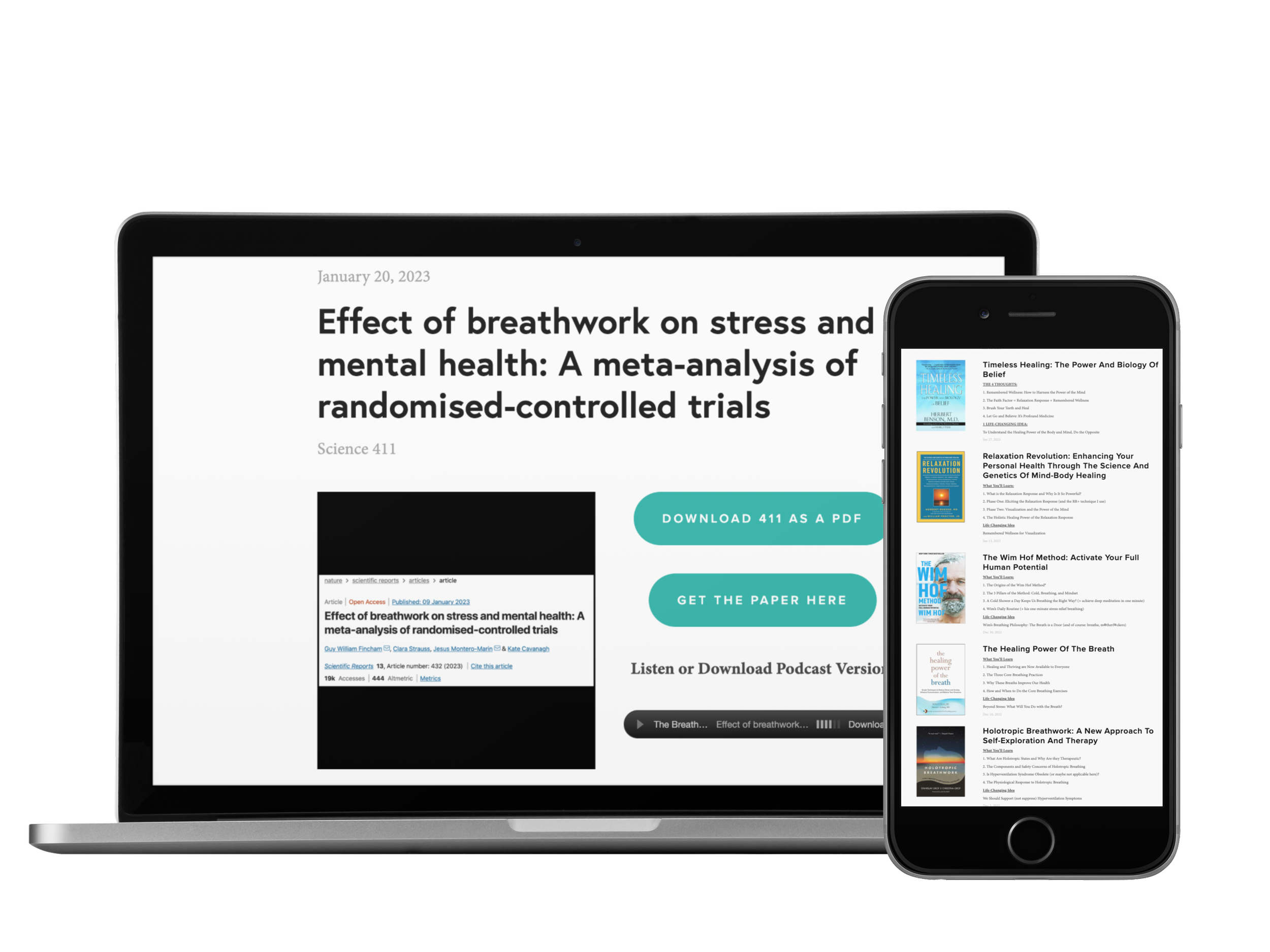Listen Instead of Reading
If you enjoy listening, you can subscribe to the audio version on Spotify, Apple Podcasts, and Audible so you don’t even have to look at the email 😊
4 THOUGHTS
1. Air Candy
Gratitude turns an ordinary breath into air candy.
2. The Best Morning Breathing Exercise
The best morning breathing exercise is a good night’s sleep.
P.S. I had a few nights of poorer-than-normal sleep and noticed that my morning breathing was nowhere near as enjoyable or effective. Which inspired this purposefully playful sentence : )
3. Greater Calmness: How to Choose Effective Responses in Stressful Situations
“When we are mindful of our breathing, it automatically helps us to establish greater calmness in both the body and the mind. Then we are better able to be aware of our thoughts and feelings…And with this awareness comes a feeling of having more room to move, of having more options, of being free to choose effective and appropriate responses in stressful situations rather than losing our equilibrium and sense of self as a result of feeling overwhelmed, thrown off balance by our own knee-jerk reactions.”
- Jon Kabat-Zinn, Ph.D., Full Catastrophe Living
Beautifully said 👏👏👏
So the next time we need to choose an effective & appropriate response in a stressful situation, let’s first tune into our breath to “establish greater calmness in both the body and the mind,” allowing us to move forward with clarity.
4. This Will Help You in Anything You Set Out to Do
“Working memory is where you hold a goal in mind so you can move toward it. By goal…I mean the micro-intentions and deliberate aim of having a desired outcome for each and every task you engage in—all the decisions, planning, thinking, actions, and behaviors you do over the course of a day: anything you set out to do.”
– Amishi P. Jha, Ph.D., Peak Mind
Based on this description, having good working memory is pretty crucial since it plays a role in “anything you set out to do.”
But it’s relevant here because a 2022 study found that slow breathing significantly improves working memory.
Putting it together: By improving working memory, slow breathing may potentially help you with anything you set out to do 👏
1 Quote
“At this very moment, whether you know it or not, each breath happens right here and right now. Little by little the question becomes, Are you intimate with this breath just as it is?””
1 Answer
Category: Breath-Heart Connections
Answer: The heart is connected to this muscle via the pericardium, which is a fluid-filled sac surrounding the heart.
…
(Cue the Jeopardy! music.)
…
Question: What is the diaphragm?
In good breath,
Nick Heath, T1D, PhD
“Breathing is the compound interest of health & wellness.”
The Garlic Breath of the Week
Here is the most-liked post this past week.
* An asterisk by a quote indicates that I listened to this book on Audible. Therefore, the quotation might not be correct, but is my best attempt at reproducing the punctuation based on the narrator’s pace, tone, and pauses.







